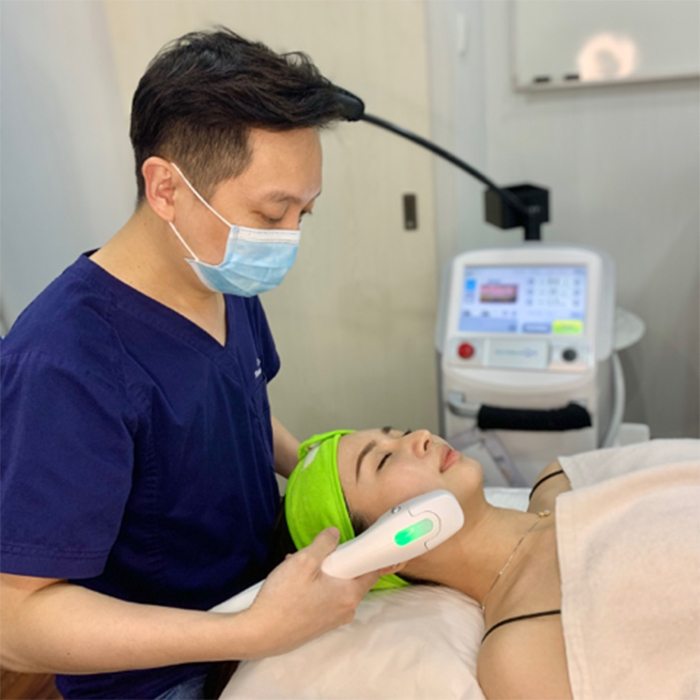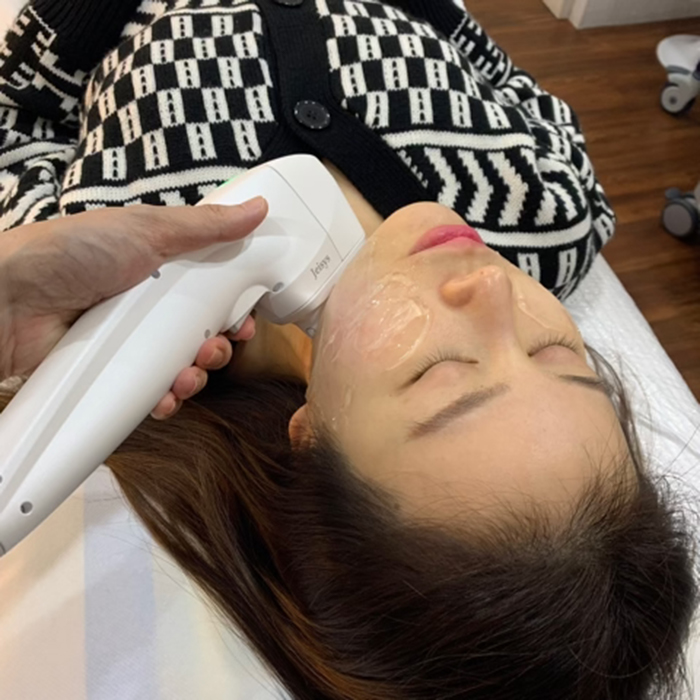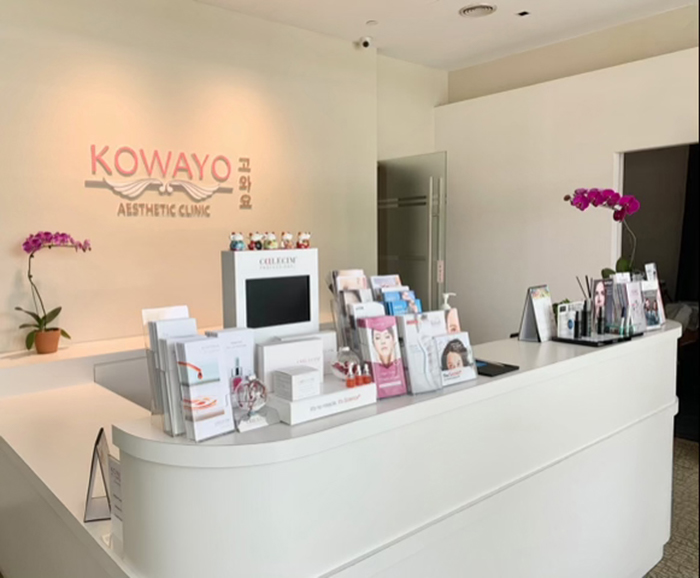
HIFU Treatments In Singapore: What You Need To Know
If you’re looking for a review on the HIFU Facelift Treatment at Kowayo Aesthetic Clinic, or simply have questions about what a HIFU treatment entails, then you’ve landed on the right page.
Gone are the days where you’d need some significant downtime after an aesthetic treatment, or even go under the knife for something like a facelift. There are plenty of non-invasive options for aesthetic procedures now, and one of the more prolific ones is HIFU. It can give you a more youthful appearance overall, by targeting problems such as:
- Sagging skin
- Jowl fat
- Nasolabial folds
- Double chin
- Undefined jawline
Read on to find out more about HIFU Facelift Treatment!
 Photo from Kowayo Aesthetic Clinic
Photo from Kowayo Aesthetic Clinic
What is HIFU
HIFU stands for High-Intensity Focused Ultrasound. It was developed as a non-invasive procedure to destroy tumours with the help of ultrasound energy, then eventually adopted by the medical aesthetics industry for its lifting and firming effects.
Why go for HIFU treatment
This non-invasive procedure has no downtime and minimal pain, yet still delivers fast and visible results.
Here’s how HIFU works: ultrasound energy is targeted at the subcutaneous layer of your skin at a depth of 3mm and the Superficial Muscular Aponeurotic Systems (SMAS) layer at 4.5mm. The heat from this ultrasound energy will then cause a thermal-coagulation effect, where your collagen is remodelled via heat.
The SMAS is actually a thin layer of muscle that covers the lower two-thirds of your face and your neck. With age, the SMAS loosens - causing visible sagging. Treatments that target saggy skin on the face always involve the SMAS layer. For traditional facelifts, the excess SMAS tissue and skin are surgically removed. For HIFU facelifts however, the SMAS is tightened via the above mentioned thermal-coagulation process.
To put it simply, heating up these layers will reinforce existing collagen in your face, stimulate new collagen growth and tighten up the SMAS layer, resulting in firmer, younger-looking skin.
What to expect after your HIFU Facelift

There are basically three phases to expect after your HIFU treatment. First is the inflammation phase, where you will observe some mild redness. That should subside within a few hours and you will experience some tenderness in the first two days.
After that is the proliferative phase, which happens from week one to six. That’s when healing happens and collagen and elastin starts to regenerate, so you will start seeing more defined contours on your face and an improvement in your skin’s firmness.
Week three onwards is when the remodelling phase occurs. During this phase, the collagen in your face starts to rearrange, increasing your skin’s strength which results in a lifting effect. This is when you’ll see the best results from the treatment, and it can last for six months to a year.
It is recommended that you go for this treatment two to three times a year to get the best results.
Is HIFU treatment painful
You know what they say - no pain, no gain. Depending on your pain tolerance, you will feel something during the treatment. But here’s the Kowayo difference: the clinic uses the Ultracel Q+ HIFU machine from Korea.
Unlike other HIFU machines, Ultracel Q+ is able to deliver 400 ultrasound wave shots in just 15 minutes - that’s almost three times faster than traditional HIFU brands!
What this means is that yes, while you’ll still feel something during the treatment, it’ll be over much faster without compromising the results. Doing your face and neck will only take 15 to 20 minutes, when it typically takes 45 minutes with the older machines.
Besides its speed, the Ultracel Q+ machine is also safe and comfortable, allowing users to experience a shorter downtime and good treatment results.
The difference between HIFU and Ultherapy
Another popular non-invasive face lifting treatment is Ultherapy. It also uses HIFU, targeting problem areas precisely with imaging technology. Although the results of Ultherapy can last up to a year, it is a much more costly and painful procedure.
The made-in-Korea Ultracel Q+ machine, on the other hand, delivers HIFU treatments that are more comfortable overall, with lesser pain experienced by the user. Nonetheless, both Ultracel Q+ and Ultherapy target the deeper layers of your skin to stimulate collagen and give you a natural facelift.
 Photo from Kowayo Aesthetic Clinic
Photo from Kowayo Aesthetic Clinic
Who can go for HIFU treatments
Well, anyone who wants to correct saggy face or would like to delay ageing, as well as those who would like to get rid of their double chin. That said, people typically start going for these procedures after the age of 25.
How often should you do HIFU treatments
The results from HIFU Facelift lasts about 6 to 12 months, so it’s recommended that you go twice a year for upkeep.
Where to go for a HIFU Facelift treatment in Singapore
Kowayo Aesthetic Clinic has been established since 2014 and is led by Dr Wong Kee Seng, who has over 15 years of clinical experience. Dr Wong believes in safe, comfortable treatments that are both effective and affordable, so you can rest assured that you’ll be in very good hands. To make your appointment now, call the clinic at 6884 4280 or Whatsapp them here.
 Photo from Kowayo Aesthetic Clinic
Photo from Kowayo Aesthetic Clinic
Kowayo Aesthetic Clinic
Address: 1 Raffles Link, #01-03B, Singapore 039393
Opening hours: 11am - 8pm, Mon - Fri. 11am - 6pm, Sat.
Telephone: 6884 4280
WhatsApp: 9728 2087
Share this with a friend!
Text: GirlStyle SG
This post is brought to you by Kowayo Aesthetic Clinic.




